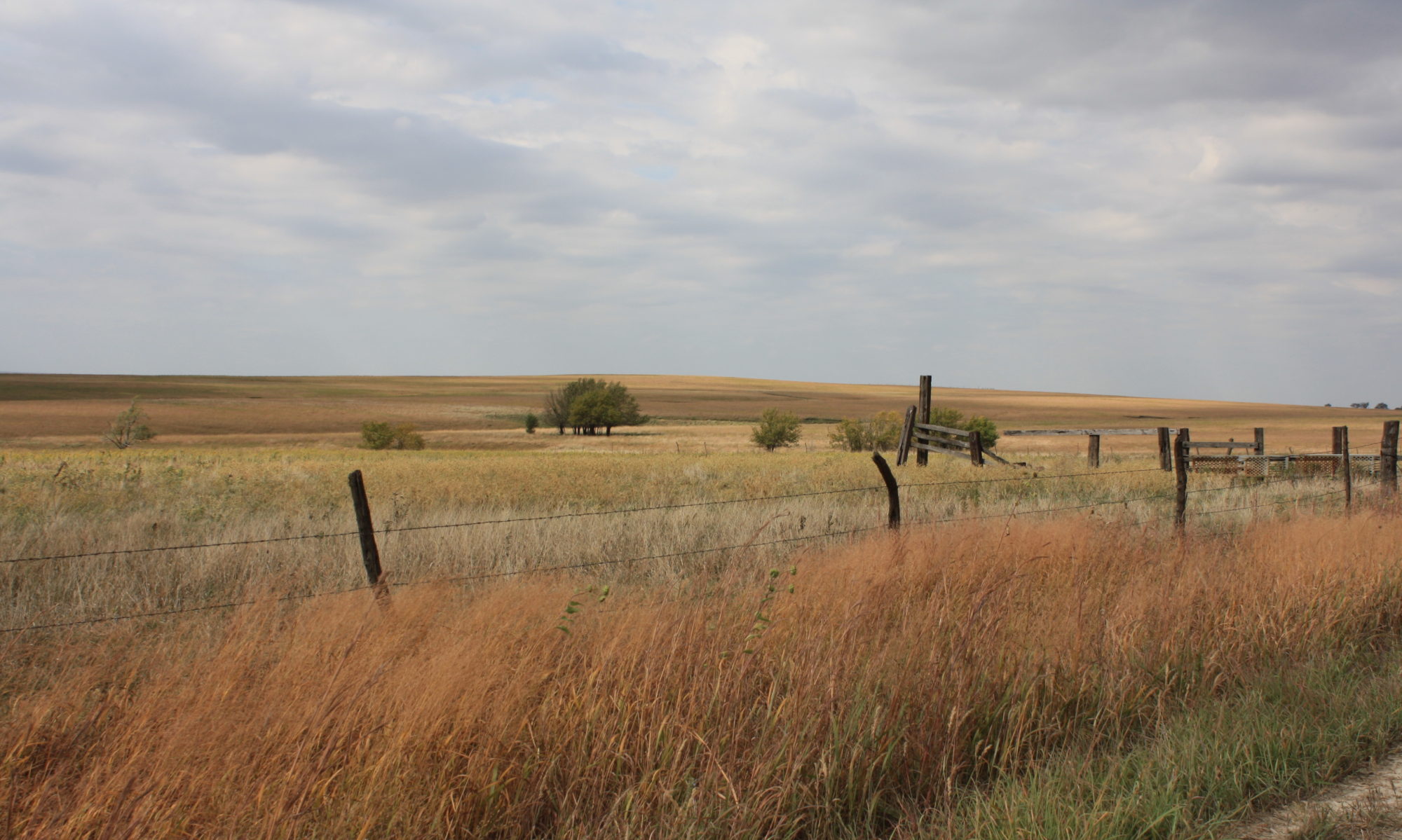This week they tore down the old dilapidated, abandoned house at the corner of our block. It’s ironic that for the past 20 years, as we have labored to restore our old house to its former glory, we have watched that house fall further and forever into disrepair to the point where it was no longer habitable.
That fate might have met our house as well as at one point in its lifetime it was abandoned. When we bought it 20 years ago it had been owned by three people in rapid succession who tried to bring it back to life but were never quite able to do so. We were the only ones with the necessary resources, and fool hardy enough, to make a major dent in the labor intensive task of bringing this grand lady back to her former glory but it has been an expensive and labor-intensive labor of love.
We didn’t know much about the house when we bought it except that it needed some work (little did we know how much work would be involved) and it had space in the backyard for a vegetable garden. A few years into our renovations, we were working on the front porch when Steve Hanschu dropped by to comment on our progress. He asked if we wanted to be on the 2002 Christmas homes tour sponsored by the Lyon County Historical Society celebrating its 65th Anniversary. They were looking for homes that were owned by influential people in 1937, when the the society was formed by community leaders wanting to preserve the history and heritage of the county.
That’s when we found out that our house was built in 1904 by Milton R. Reiber, a grocery salesman. In 1927, he sold the house to Francis Arnold, president of the Commercial National Bank from 1934 to 1943 when Mr. Arnold bought out his father’s holding in a livestock ranch in Ashland and left Emporia. After the Arnolds, the house had various owners and eventually some of the best features of the house disappeared. The gas light fixtures were removed as was the floor to ceiling fireplace mantel.
During the sixties when high ceilings were thought to be energy inefficient the first floor ceilings were lowered by at least two feet. Much of the original woodwork was replaced and the walls were covered over in paneling.
It took a long time and a lot of searching to find the pieces that would restore the authentic features of the house. I once flew back from Maine with a suitcase full of old doorknobs as most of the original ones had been lost. In Kansas City, we found old egg and dart moulding to replace what was missing on the second floor windows and doors. Fortunately, we found Ben Gray, who loves old houses as much as we do. He was able to replicate most of the features of this house that had been removed. Most people walking into this house for the first time cannot tell the difference between the original and replacement features of this house. But for any that are interested, we keep a photo album of the before and after to illustrate how far this old house has come.
While we managed to salvage this house, there are many houses that have lost their battle to remain viable during the twenty years we have lived here in Emporia. It’s unfortunate that as a society, we see little value in things, or people for that matter, once they have outlived their apparent usefulness. We tear down our houses and put up something new that will not have the staying power of these old soundly built houses. The foundation of our house is 18 inches thick. After 115 years, there still is almost no settling and the old lathe and plaster walls have almost no cracks. Do you know how valuable that is in Emporia where with each spring downpour, most of the basements end up flooding?.
A few months ago, I was reading a review on Yelp for Radius Brewery. The reviewer stated that Radius was a good restaurant, but Emporia was a dumpy, trashy town. I took umbrage at first, because in our neighborhood I see promising signs that people are beginning to care for these old houses, but when I drove down Merchant street from I-35, I began to see what the writer was talking about. There are still too many dilapidated structures, most of which are rental properties.
It’s no wonder our kids don’t stay in town once they receive their degree. The care we have for our neighborhoods says something about the care we have for each other. It says that once they have lost their shiny freshness and outlived their apparent usefulness, they are no longer worthy of care. What future does that promise our youth?
